OUR LADY OF FATIMA
₦4,700.00
Discover the Inspiring Story of Our Lady of Fatima
Our Lady of Fatima is a revered figure in the Catholic faith, known for her miraculous apparitions to three young shepherd children in the town of Fatima, Portugal, in 1917. This extraordinary event has captivated the hearts and minds of millions around the world, making Fatima one of the most important pilgrimage sites for Catholics.
A Message of Peace and Hope
During her apparitions, Our Lady of Fatima shared a powerful message of peace, repentance, and hope. She encouraged the children and all believers to pray the Rosary, make sacrifices for the conversion of sinners, and spread devotion to her Immaculate Heart. Her words and teachings continue to resonate with people of all ages and backgrounds, offering solace and guidance in times of uncertainty.
Experience the Spiritual Power of Fatima
Visiting the Sanctuary of Our Lady of Fatima is a profound spiritual experience. The sanctuary encompasses the Basilica of Our Lady of the Rosary, the Chapel of Apparitions, and the tombs of the visionary children. Pilgrims from all over the world come to pay homage, seek healing, and deepen their faith in this sacred place.
At the sanctuary, you can attend Mass, participate in the Rosary procession, and explore the various exhibits that recount the events of the apparitions. The atmosphere is filled with reverence and devotion, providing a unique opportunity for spiritual reflection and renewal.
Whether you are a devout Catholic or simply seeking a deeper connection to your faith, a visit to Our Lady of Fatima will leave a lasting impression on your heart and soul. Join the millions of pilgrims who have been touched by the presence of Our Lady and experience the profound spiritual power of Fatima.
Size and packaging guidelines
Fermentum scelerisque hendrerit parturient nullam enim lobortis litora parturient dictumst.
Potenti a quisque tincidunt venenatis adipiscing parturient fermentum nisl tincidunt amentu.
Scelerisque conubia lobortis a condimentum ad eleifend dui integer maecenas habitant nostra.
| Specification | Chair | Armchair | Sofas |
| Height | 37" | 42" | 42" |
| Width | 26.5" | 32.5" | 142" |
| Depth | 19.5" | 22.5" | 24.5" |
| Assembly Required | No | No | Yes |
| Packaging Type | Box | Box | Box |
| Package Weight | 55 lbs. | 64 lbs. | 180 lbs. |
| Packaging Dimensions | 27" x 26" x 39" | 45" x 35" x 24" | 46" x 142" x 25" |
MAECENAS IACULIS
Vestibulum curae torquent diam diam commodo parturient penatibus nunc dui adipiscing convallis bulum parturient suspendisse parturient a.Parturient in parturient scelerisque nibh lectus quam a natoque adipiscing a vestibulum hendrerit et pharetra fames nunc natoque dui.
ADIPISCING CONVALLIS BULUM
- Vestibulum penatibus nunc dui adipiscing convallis bulum parturient suspendisse.
- Abitur parturient praesent lectus quam a natoque adipiscing a vestibulum hendre.
- Diam parturient dictumst parturient scelerisque nibh lectus.
Scelerisque adipiscing bibendum sem vestibulum et in a a a purus lectus faucibus lobortis tincidunt purus lectus nisl class eros.Condimentum a et ullamcorper dictumst mus et tristique elementum nam inceptos hac parturient scelerisque vestibulum amet elit ut volutpat.
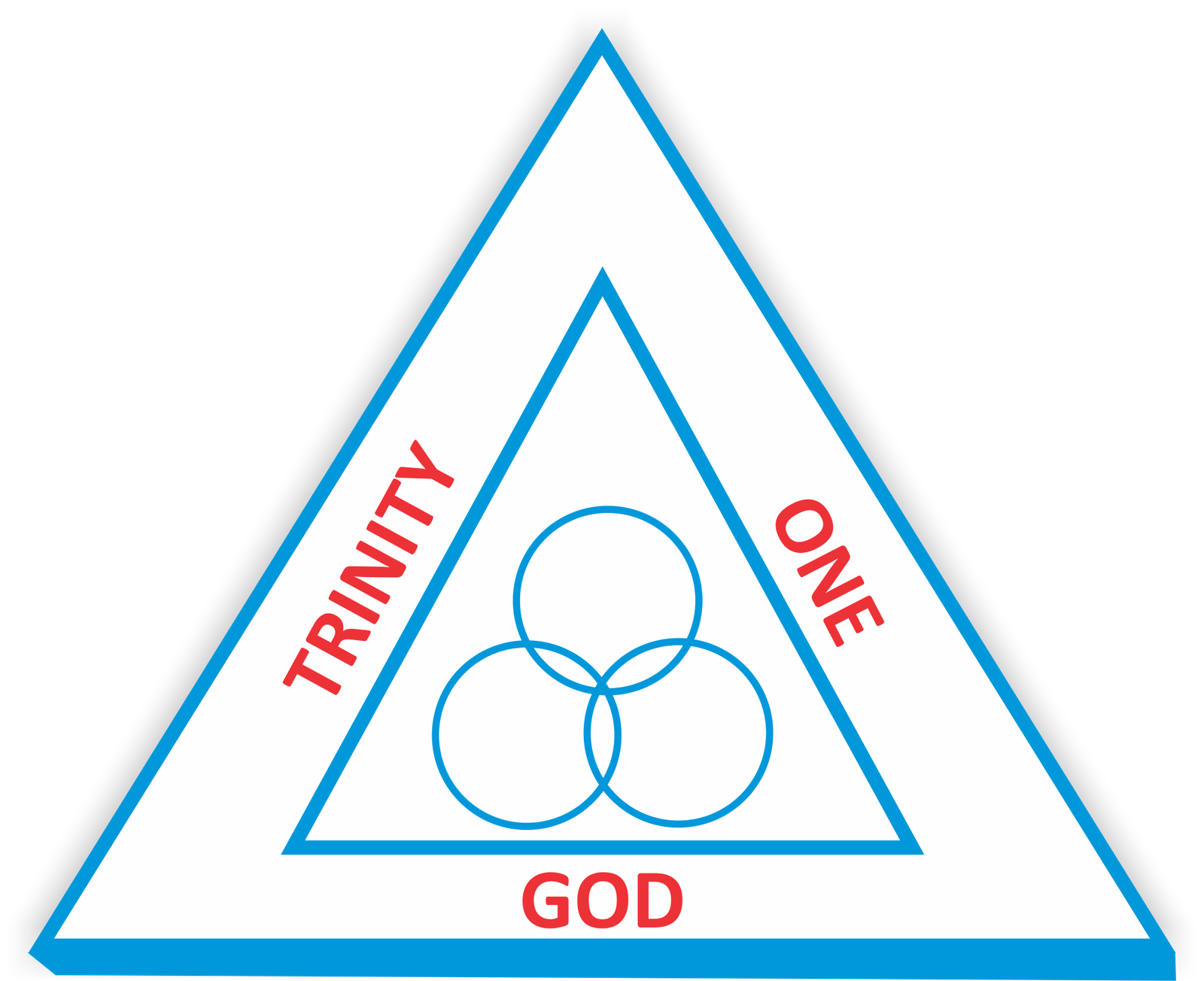
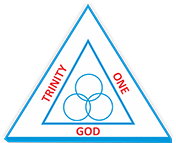




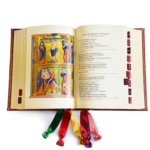

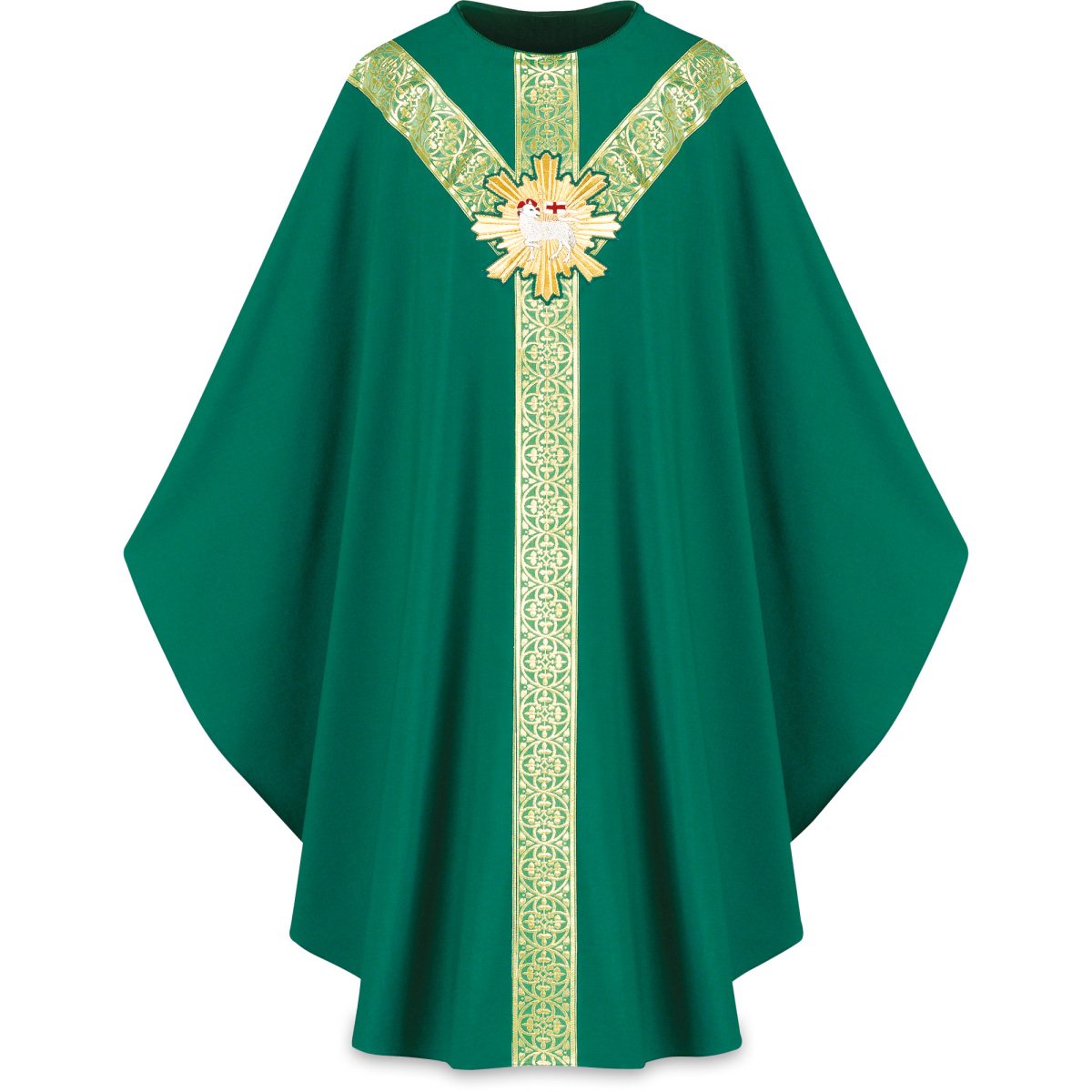








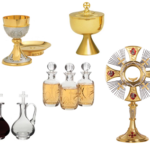




Reviews
There are no reviews yet.